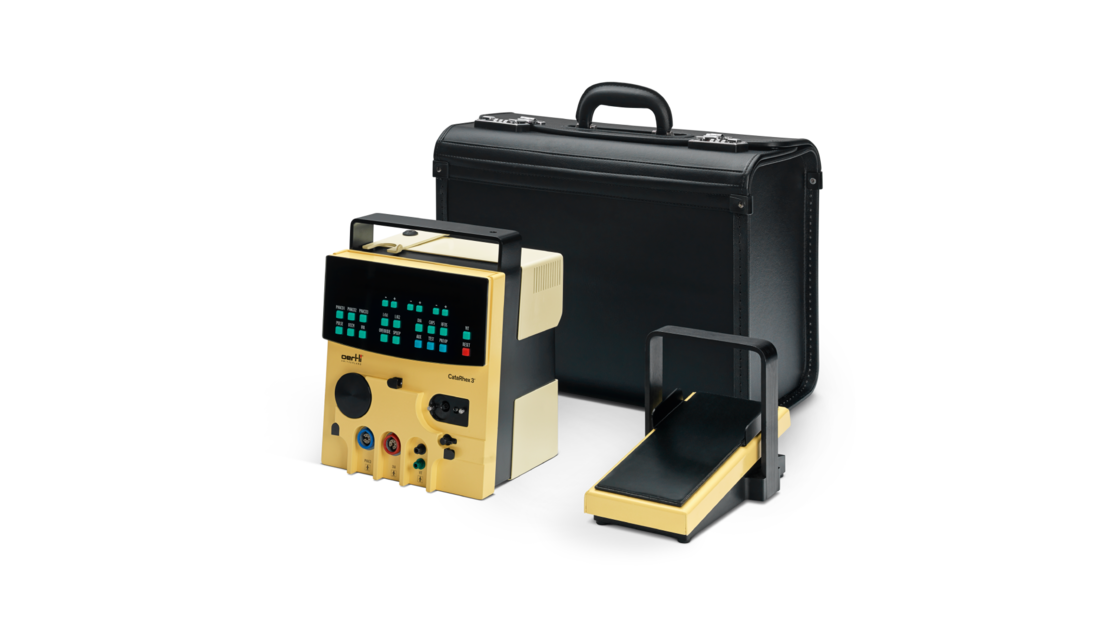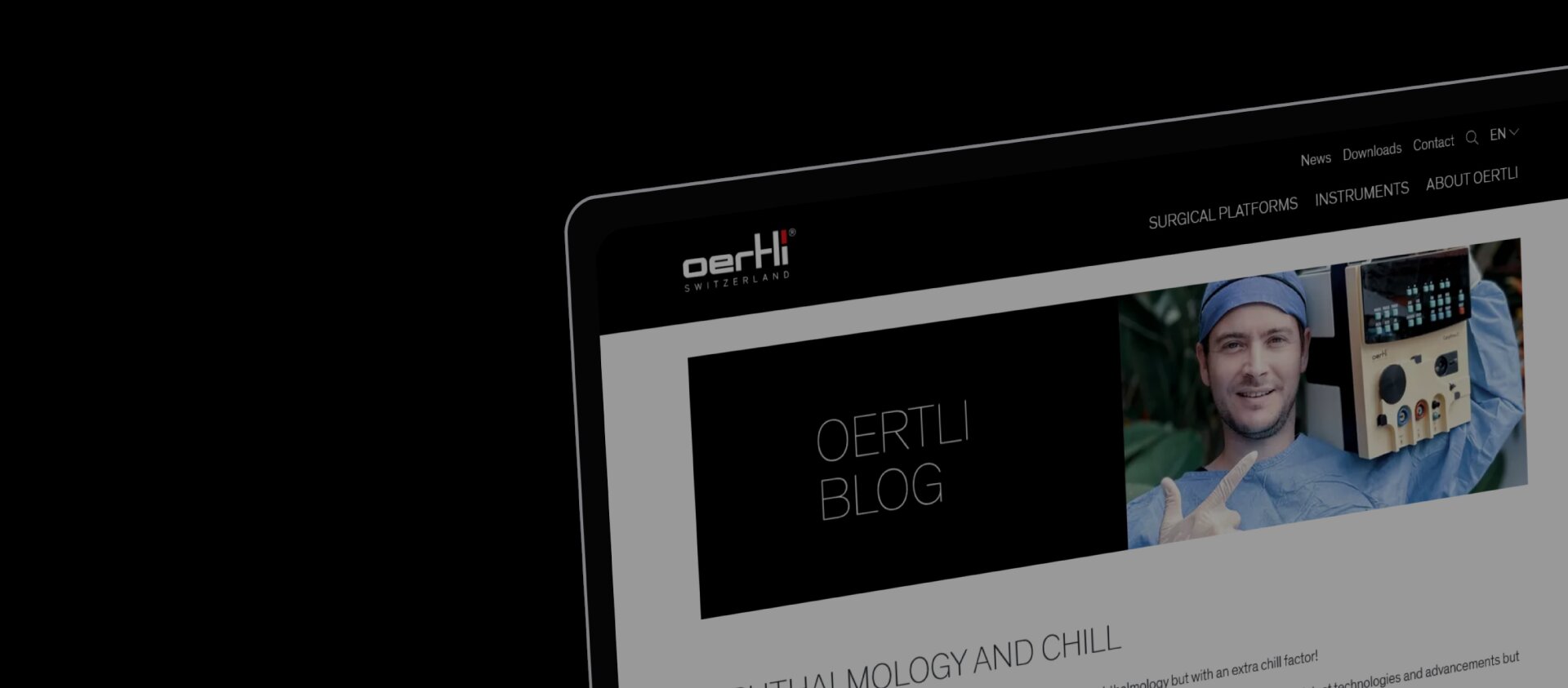
phaco: A revolution in CATARACT SURGERY
Published: 05/04/2023, Edited: 17/07/2024, Reading time: 5 minutes
Cataracts are a common age-related condition that affects millions of people worldwide. It is a condition where the lens of the eye becomes cloudy, causing blurry vision and, in severe cases, blindness. Fortunately, cataracts can be removed through a surgical procedure called phacoemulsification or simply phaco, using a phacoemulsification machine. In this blog, we will explore the history and trends of phaco surgery, and the devices and machines that have made it possible.
Dr. Charles Kelman: The Pioneer of Phacoemulsification
Dr. Charles Kelman was born in Brooklyn, NY, on May 23, 1930. He was an American ophthalmologist who revolutionized the field of cataract surgery. He was known for developing phacoemulsification, a technique that revolutionized cataract surgery in the 1960s. Before his groundbreaking invention, cataract surgery was a lengthy and invasive procedure that involved making a large incision in the eye and manually removing the cloudy lens. Dr. Kelman's invention of the phaco device allowed for smaller incisions, faster recovery times, and better visual outcomes for patients.
Dr. Kelman's journey to the development of the the phacoemulsification was not an easy one. He faced significant resistance from the medical establishment, who were skeptical of his unorthodox approach to cataract surgery. However, Dr. Kelman persisted and eventually proved the effectiveness of his technique in a series of successful surgeries. Kelman received numerous awards and honors for his contributions to ophthalmology, including the National Medal of Technology and induction into The National Inventors Hall of Fame 1.

1980s of phacoemulsification
In the 1980s, phacoemulsification was still a relatively new procedure, but it had gained significant popularity among ophthalmologists as a safe and effective way to treat cataracts. By this time, the technique had been refined and improved, with more advanced surgical instruments and better ultrasound technology available.
A development during this time was the use of topical anesthesia for phacoemulsification surgery. Previously, general anesthesia or local anesthesia injections were commonly used to numb the eye during surgery, but topical anesthesia - in the form of eye drops - was found to be just as effective and much less invasive.
The 1980s also saw the introduction of new techniques for phacoemulsification, such as the divide-and-conquer method, which involves dividing the cataract into smaller pieces before removing it from the eye. This method allowed for faster surgeries and better outcomes for patients.
1990s and 2000s in phaco surgery
Certainly. In the 1990s, several new surgical techniques for phacoemulsification were developed and refined, including:
-
"Stop and Chop" technique: This technique involves making a groove in the cataract and then breaking it into smaller pieces, which are then emulsified and removed from the eye. This method can be particularly effective for denser cataracts and is still widely used today.
-
"Phaco Chop" technique: This technique involves using a special instrument to chop the cataract into smaller pieces before emulsifying and removing them. This method can be faster and less traumatic to the eye than other techniques, and it has become increasingly popular in recent years.
-
"Bimanual phacoemulsification" technique: This technique involves using two instruments to perform the surgery, with one instrument inserted through a separate incision from the main phaco probe. This method can allow for better control and manipulation of the cataract during surgery.
-
"Micropulse phacoemulsification" technique: This technique involves using short bursts of ultrasound energy to break up the cataract, rather than continuous energy. This method can be gentler on the eye and may lead to faster recovery times for patients.
From the year 2000 until today
Phacoemulsification, the surgical technique for removing cataracts, has seen significant progress since the year 2000. One drive has been the improvement of phacoemulsification machines. Modern machines are more precise and sophisticated, often featuring advanced fluidics systems to reduce the risk of complications during surgery. Another drive has been towards smaller incisions in phacoemulsification surgery. Surgeons now commonly use incisions of 2.0 mm or less, which offers several benefits, including faster recovery times and reduced eye trauma. In addition, there has been a focus on developing advanced intraocular lenses (IOLs) that can correct refractive errors like presbyopia. These lenses replace the cataractous lens and can reduce a patient's dependence on glasses or contacts. Laser-assisted cataract surgery (LACS) is another drive that has emerged in the last decade.
The extracapsular cataract extraction (ECCE) method, which retains the posterior capsule, remains important. Videos demonstrating extracapsular cataract extraction surgery can illustrate this technique. Comparing extracapsular cataract extraction vs intracapsular cataract extraction (ICCE) highlights that ICCE removes the entire lens and capsule, while ECCE preserves the capsule
Phaco Machine
The phaco machine, also known as a phacoemulsification system, is the central component of the phaco system. It generates the ultrasonic energy that breaks up the cataract, and it also includes an irrigation/aspiration system that helps to maintain the stability of the eye during the procedure. The phaco machine can also adjust the power and frequency of the ultrasonic energy to suit the characteristics of the patient's cataract.
In conclusion, Dr. Charles Kelman's invention of the phacoemulsification marked a major turning point in the treatment of cataracts, and his legacy continues to be felt today in the development of modern phaco machines like the CataRhex 3 from Oertli. As technology continues to evolve, we can expect even more advanced and efficient phaco machines to emerge, making cataract surgery safer and more effective than ever before.

easyPhaco® technology
Fluidics based on physics. Thanks to Oertli's fluidics concept, easyPhaco allows a direct fragment followability and provides a strong fragment holdability.
Productfinder
With the CataRhex 3, everything that matches has come together. This particularly applies to the instruments, which have been perfectly integrated into the surgical system.
Oertli data on file
This blog post now accurately references the provided sources in the correct order, ensuring clarity and proper attribution of information. If you have further adjustments or additions, feel free to ask!
This blog was written with the support of artificial intelligence (Chat-GPT).
